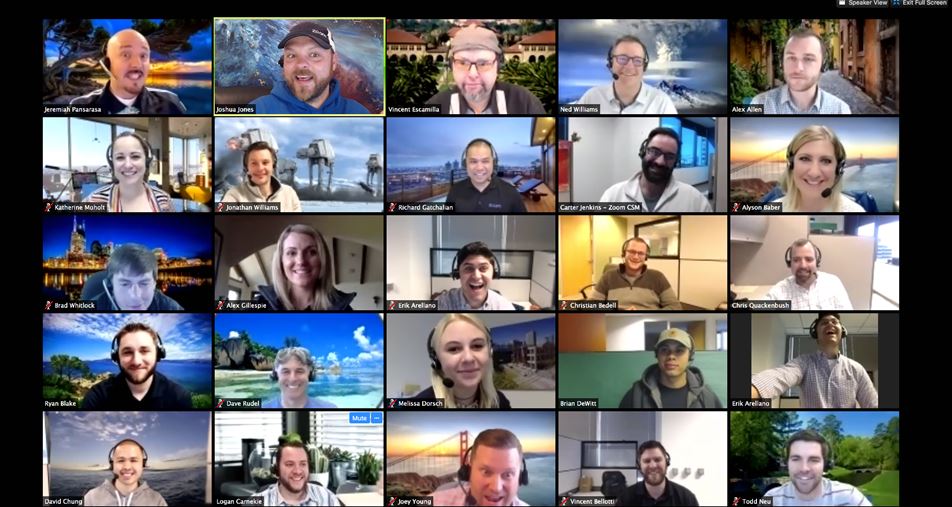Getting Better at Getting Better
If you want to get better at the process of getting better, this article is for you.
The fact is - many want to improve performance, and many struggle with the performance improvement process. As we come from the recent Labor Day Weekend, this article is intended as a tribute to the contribution of workers past, present, and future by offering three steps to support performance improvement and maximize the impact of our work.
Implement these 3 steps to get better at performance improvement today.
1. Reserve judgement on the cause of performance issues.
One of the biggest mistakes people make in performance improvement is rushing to judgment on the cause of poor performance. This approach undermines credibility of the individual and the organization.
To avoid rushing to judgment, create a positive investigator’s mindset looking for valuable opportunities. Cultivate a perspective where you consider it an honor to address performance challenges as a way to grow and improve. Be accountable to identify the issues as close to the root cause as possible. Be open-minded, curious, and authentically judgment-free in the process. Take the time to ask questions, gather data, collect evidence from multiple sources, and listen. Create an environment of trust. Performance improvement is not about finding flaws, performance improvement is getting better and identifying the right areas of opportunity to do so. Make a practice to speak with job performers, process owners, systems owners, managers, and department leaders about performance improvement issues before creating any recommendations.
Time constraints are a reality in most performance improvement efforts. To avoid caving in to pressure for quick results, make an intentional decision to slow down. Ask for more time if necessary. Manage the positive pressure of urgency and the need for fast results through clear communication with stakeholders. Taking time to gather data sends a message to the culture that “We do things right and care about the best result.” Gathering data can take more time on the front end, but it saves a great deal of time and waste down the road, as well as the reputation (and possibly the values) of the team and organization.
2. Take a holistic, systems thinking approach.
Many leaders only look at the individual performer level when performance issues arise and assume the individual performer level is the “problem”. At that point they recommend training or consider the person (or team) “bad at what they do”. This creates a small-minded culture with many missed opportunities. Performance issues could be related to incomplete instructions, poor job description, flawed processes, systems, sub-par management, and/or misalignment with organization priorities.
More variables influence performance than the individual performance level. When improving performance, it is essential to consider the three levels of performance from Geary A. Rummler and Alan P. Brache’s book “Improving Performance: How to Manage the White Space on the Organization Chart”. Rummler and Brache’s book contains a complete set of resources to improve performance via their methodology. For the purposes of this article, consider this important performance improvement reality: You must look through three lenses to properly identify the best performance improvement solutions: the organization level, process level, and job/performer level.
3. Be present in the performance improvement.
Be present with your team until your work is done. Improving work and performance is personal. You brought great people onto your team. They care about what they do. When you determine the performance improvement solution, do not make a recommendation and disappear. Demonstrate a collaborative partnership to convey the importance of successful completion. Be present throughout the implementation and ongoing evaluation of the solution. This can look many ways. Presence can be achieved through check-in calls or stakeholder meetings. It can include written or video updates. The one thing you cannot do is walk away. Define and communicate how long you will be a part of the performance improvement solution. Set an official hand-off date, and consistently show up prepared and present to fulfill your defined role until final hand-off to a specific individual.
Share and discuss this article to:
- Ignite fresh excitement for the strategic role of performance improvement in individual, team, and organization results.
- Create a work environment that values new ideas and embraces opportunities to discuss thoughtful performance improvement.
- Build trust by eliminating the idea that “the fault must be at the individual performer level”.
- Enhance comfort in team member ability to identify, define, and discuss performance improvement.
- Identify opportunities to increase excellence in performance at the individual, process, and organization level.
- Develop your team to view performance improvement as an essential skill in leadership development.
Share This Article
Complete the form below for more information.







